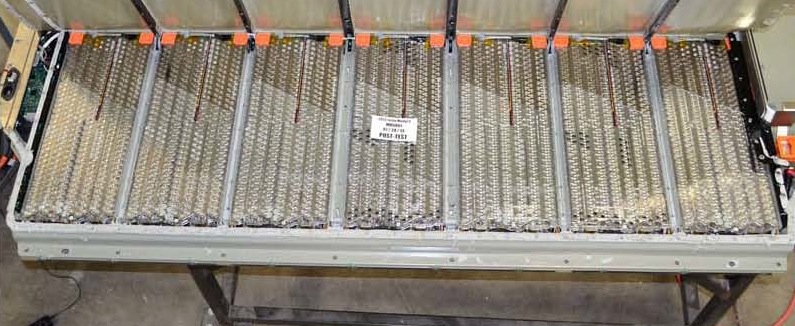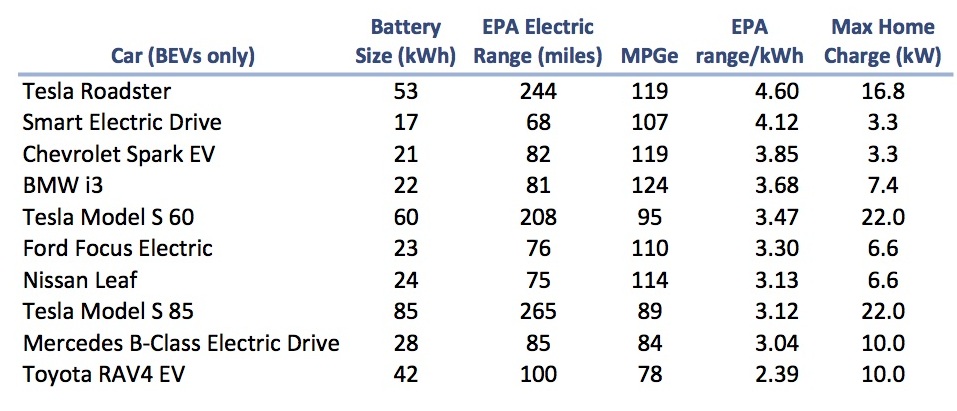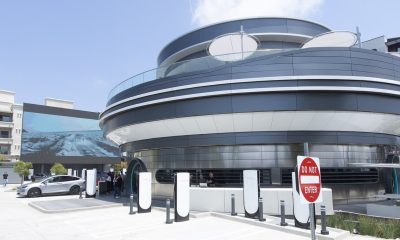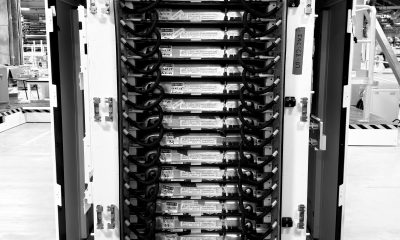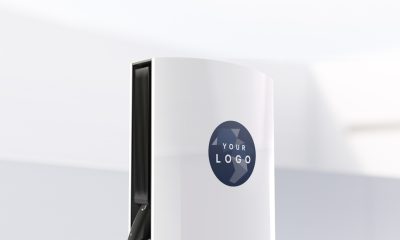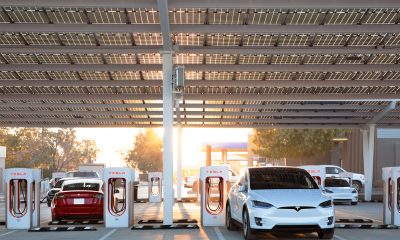Tesla Model S
Comparing Tesla battery technology against the competition
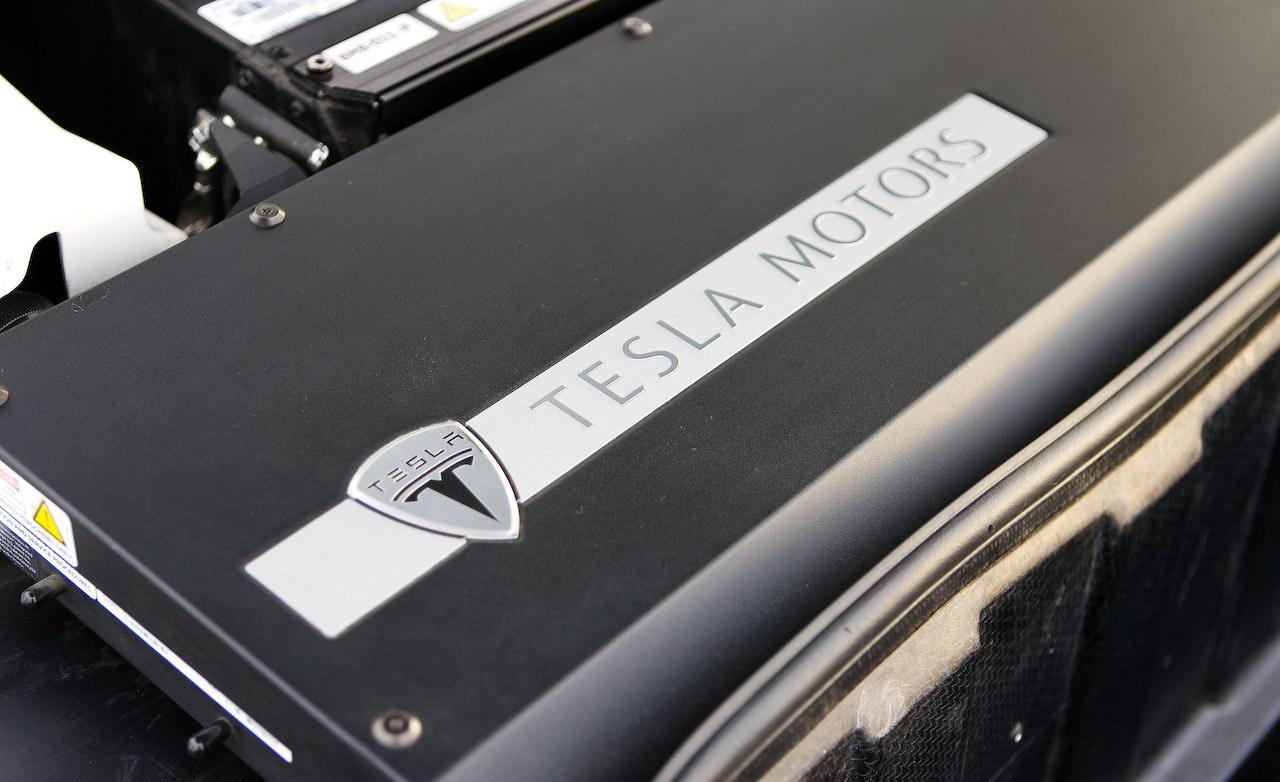
I bought my Model S for many reasons, but battery efficiency was not one of them. The question of whether Tesla battery technology is really better than the competition has been weighing heavy on my mind so I set out to try and find some definitive answers.
BEV Competitive Landscape
I started by making a list of only 100% electric cars, what people call Battery Electric Vehicles (BEVs). I wanted to cut out the hybrids and other types as their batteries would be smaller and they would be less dependent on the quality of the battery. I ended up with 10 cars in my list. All the cars in the list use Lithium-ion batteries reported to have the highest energy and power density combined of any energy-storage medium. Each vendor uses various methodologies to achieve the best efficiency and performance, not limited to lay out of the batteries, heating and cooling as well as how charge min and max charge levels are controlled.
Next I used a number of online sources to collect the basic information on battery size, EPA range, MPGe rating, max charge rate, etc and came up with the following list:
Note: the RAV4 EV had a Tesla-provided battery pack. The car and pack arrangement have ended production.
Initial BEV Battery & Range Analysis
One thing that immediately jumps out is that all the EPA range per kWh results look somewhat similar. The worst is the RAV-4 but the others are all within 30% of the best, the Tesla Roadster. In second place is the Smart Electric Drive. Some other things stand out from this data:
- The Tesla Roadster, with its low weight and relatively large battery, is much more efficient than the Model S and was the most efficient car in this group.
- Second place in miles/kWh is the Smart Electric Drive. Another low weight small car — Smaller, lighter cars lead the pack on miles/kWh efficiency.
- No surprise to anyone, the Tesla’s all have the largest batteries and furthest range of any EV.
- Also not a surprise, battery size directly correlates with range.
- The Model S is not the most efficient car in terms of converting kWh to miles driven.
- The Model S is also not the most efficient car in terms of MPGe ratings.
- The larger the battery, the larger the charge rate the vendor seems (needs?) to support.
- Tesla has the largest battery packs on the market, at least 2x any competitor.
From this data it seems that Tesla has an edge in size and/or charge rate but not efficiency (the way it’s measured in the chart). But I suspect there is more to it than this so I ended up digging deeper to uncover some more data.
Deep-dive Analysis
The amount of passenger and cargo weight you’re able to move with those kWh used is not clearly outlined in the competitive analysis. You can make an extremely efficient electric bike but its not very practical for moving your family around or hauling groceries. What does the data look like if you try to account for weight or cargo capacity?
With this additional data we start to see different leaders emerge. The larger batteries add a lot of extra weight of their own, but even with that, the Model S is more efficient at moving a pound of weight over a mile per kWh than any other EV. Other vendors aren’t too far off with the Ford Focus Electric in second place followed closely by the Mercedes B-Class.
Moving weight around is useful, but that needs to translate into utility. Looking at how efficiently the EVs move a cubic foot of cargo space Tesla also comes out on top. Interestingly, in every efficiency category I found the 60kWh Model S beats the 85 kWh Model S. Like weight, some competitors are not far behind like the Mercedes B-Class at 71 vs 98 for the Model S 85.
Summary
The Model S isn't the most efficient EV on the market, but for some people range is king. For those that don't need the range, it's going to come down to picking an EV that can comfortably handle their needed range and fits their style. One thing that Tesla has done very well is deliver a complete package -competitive battery technology, a nicely styled car, leading driver interfaces, and all in a luxury sedan. That all comes at a price that may be difficult to justify at face value, especially if you're moving to an EV to save money, but I encourage you to do a cost of ownership analysis before jumping to conclusions.
Lifestyle
Tesla Model S Plaid battles China’s 1500 hp monster Nurburgring monster, with surprising results
There is just something about Tesla’s tuning and refinement that makes raw specs seem not as game-changing.

The Tesla Model S Plaid has been around for some time. Today, it is no longer the world’s quickest four-door electric sedan, nor is it the most powerful. As per a recent video from motoring YouTube channel Carwow, however, it seems like the Model S Plaid is still more than a match for some of its newer and more powerful rivals.
The monster from China
The Xiaomi SU7 Ultra is nothing short of a monster. Just like the Model S Plaid, it features three motors. It also has 1,548 hp and 1,770 Nm of torque. It’s All Wheel Drive and weighs a hefty 2,360 kg. The vehicle, which costs just about the equivalent of £55,000, has been recorded setting an insane 7:04.957 at the Nurburgring, surpassing the previous record held by the Porsche Taycan Turbo GT.
For all intents and purposes, the Model S Plaid looked outgunned in Carwow’s test. The Model S Plaid is no slouch with its three motors that produce 1,020 hp and 1,420 Nm of torque. It’s also a bit lighter at 2,190 kg despite its larger size. However, as the Carwow host pointed out, the Model S Plaid holds a 7:25.231 record in the Nurburgring. Compared to the Xiaomi SU7 Ultra’s record, the Model S Plaid’s lap time is notably slower.
Real-world tests
As could be seen in Carwow’s drag races, however, Tesla’s tech wizardry with the Model S Plaid is still hard to beat. The two vehicles competed in nine races, and the older Model S Plaid actually beat its newer, more powerful counterpart from China several times. At one point in the race, the Xiaomi SU7 Ultra hit its power limit due to its battery’s temperature, but the Model S Plaid was still going strong.
The Model S Plaid was first teased five years ago, in September 2020 during Tesla’s Battery Day. Since then, cars like the Lucid Air Sapphire and the Xiaomi SU7 Ultra have been released, surpassing its specs. But just like the Model Y ended up being the better all-rounder compared to the BYD Sealion 7 and the MG IM6, there is just something about Tesla’s tuning and refinement that makes raw specs seem not as game-changing.
Check out Carwow’s Model S Plaid vs Xiaomi SU7 drag race video below.
News
This signature Tesla feature is facing a ban in one of its biggest markets
The report indicates that Chinese government agencies have concerns “about failure rates and safety issues with the flush design.”
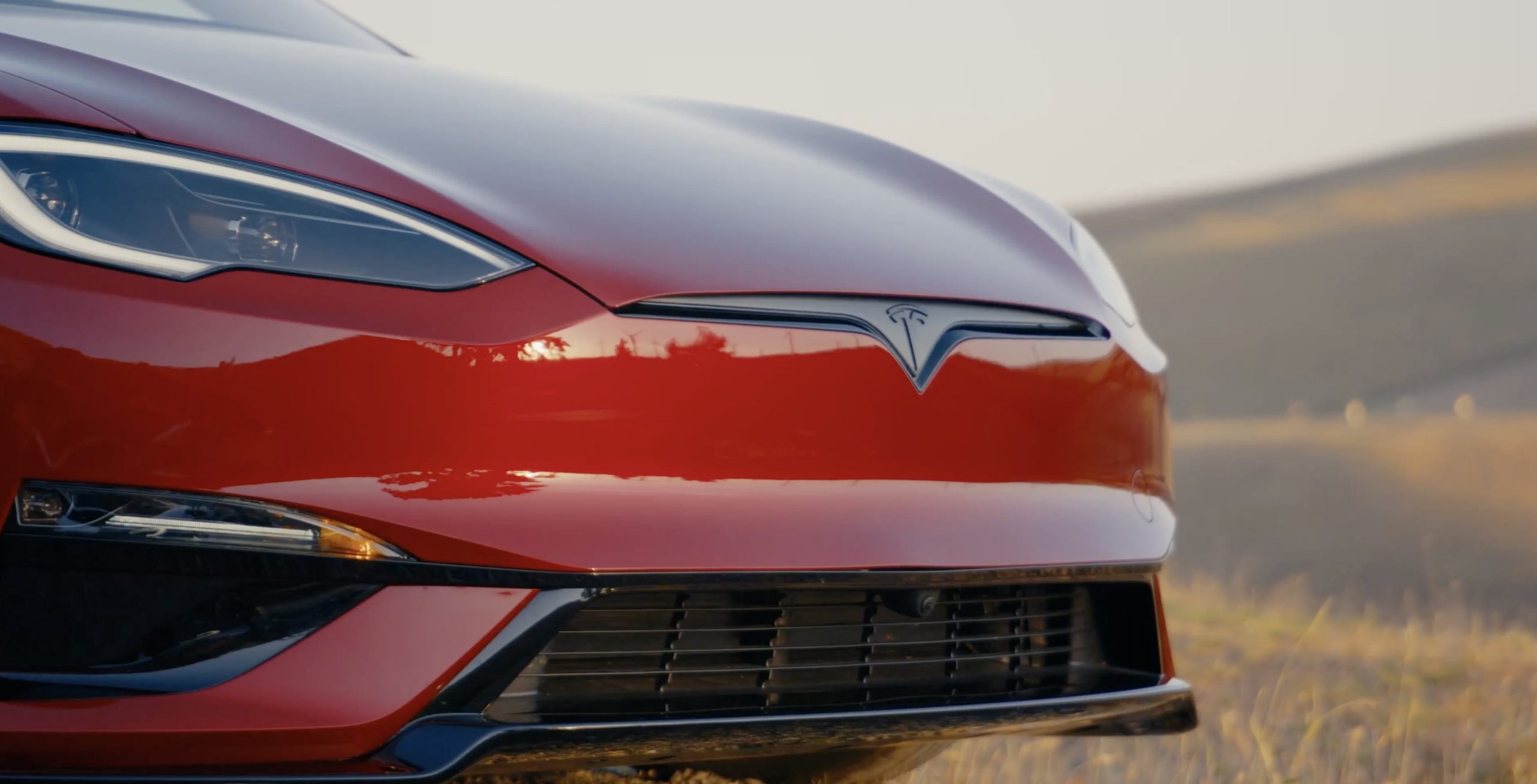
A signature Tesla feature is under fire in one of the company’s largest markets, as regulators in one EV hot spot are mulling the potential ban of a design the automaker implemented on some of its vehicles.
Tesla pioneered the pop-out door handle on its Model S back in 2012, and CEO Elon Musk felt the self-presenting design was a great way to feel like “you’re part of the future.”
It is something that is still present on current Model S designs, while other vehicles in the Tesla lineup have a variety of handle aesthetics.
According to Chinese media outlet Mingjing Pro, the company, along with others using similar technology, is facing scrutiny on the design as regulators consider a ban on the mechanism. These restrictions would impact other companies that have utilized pop-out handles on their own designs; Tesla would not be the only company forced to make changes.
The report indicates that Chinese government agencies have concerns “about failure rates and safety issues with the flush design.”
However, EVs are designed to be as aerodynamically efficient as possible, which is the main reason for this design. It is also the reason that many EVs utilize wheel covers, and sleek and flowing shapes.
However, the Chinese government is not convinced, as they stated the aerodynamic improvements are “minimal,” and safety issues are “significantly elevated,” according to The Independent.
The issue also seems to be focused on how effective the handle design is. According to data, one EV manufacturer, which was not specified in the report, has 12 percent of its total repairs are door handle failure fixes.
There are also concerns about the handles short-circuiting, leaving passengers trapped within cars. Tesla has implemented emergency latch releases in its vehicles that would prevent passengers from getting stuck in their cars in cases of electric malfunctions or failures.
However, evidence from the Chinese Insurance Automotive Technology Research Institute (C-IASI) suggests that 33 percent of door handles using this design fail to function after a side impact.
Obviously, Tesla and other automakers could introduce an alternative design to those vehicles that are affected by the potential restrictions China intends to impose. The regulation would take effect in July 2027.
News
Tesla pushes crazy ‘Luxe’ incentive package on flagship Model S and X
Tesla is pushing more customers to the Model S and Model X with a new incentive package.
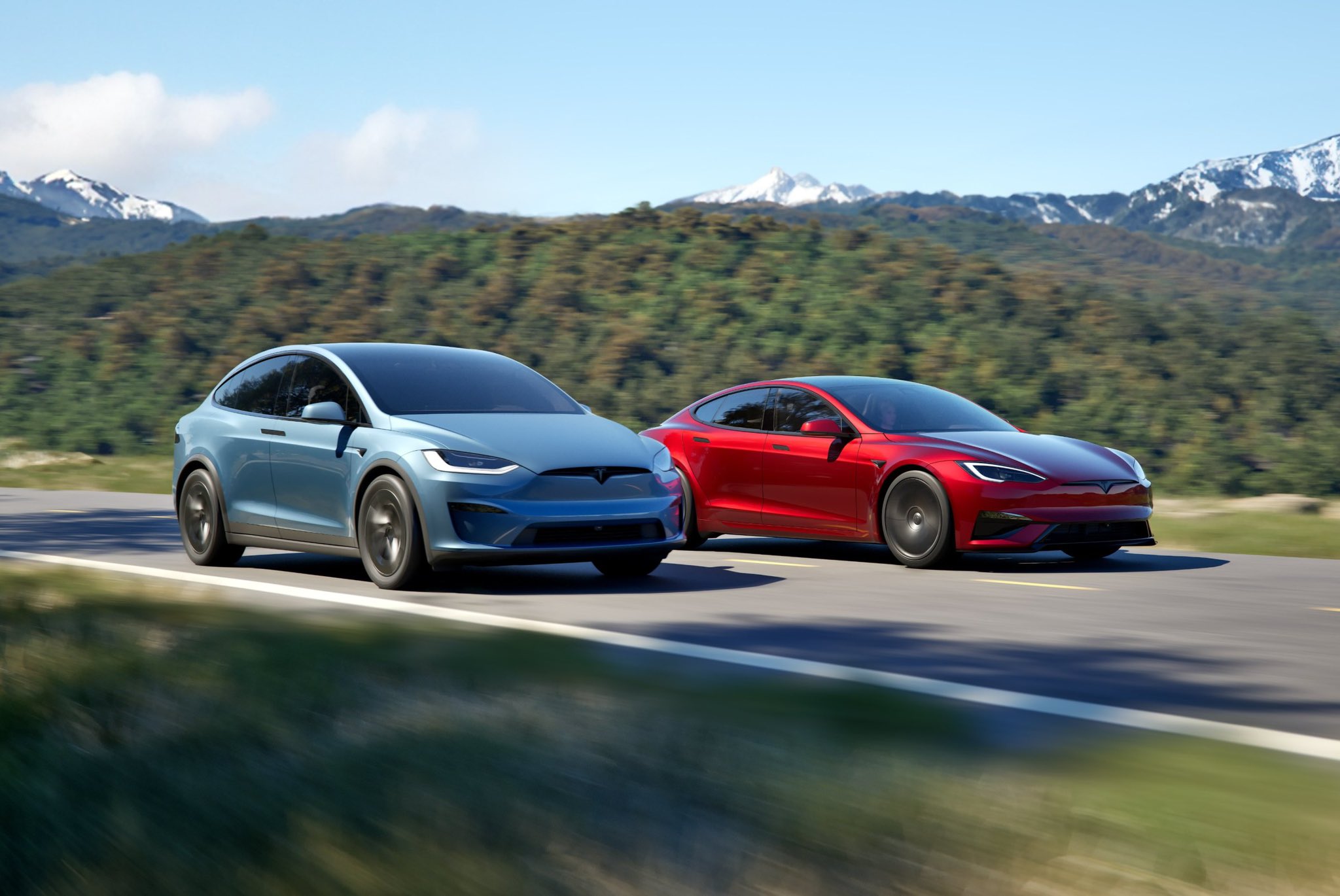
Tesla has pushed a crazy new incentive package, known as the “Luxe Package,” on the flagship Model S and Model X, along with a $10,000 price increase on each trim level.
The move aims to likely bolster margins for the company on the two cars while also giving those who choose to buy the Tesla lineup mainstays a variety of awesome advantages, including Free Supercharging, Full Self-Driving, and other add-ons.
Tesla is offering a crazy Supercharging incentive on its two ‘sentimental’ vehicles
Last night, Tesla launched the “Luxe Package” for the Model S and Model X, which includes the following four add-ons:
- Full Self-Driving (Supervised) – Your car will be able to drive itself almost anywhere with minimal driver intervention
- Four-Year Premium Service – Wheel and Tire Protection, Windshield Protection, and Recommended Maintenance
- Supercharging – Charge for free at 70,000+ Superchargers worldwide
- Premium Connectivity – Listen to music, stream movies, monitor live traffic, and more – no Wi-Fi needed
Full Self-Driving is priced at $8,000. Free Supercharging for the life of the car is between $10,000 and $15,000 over the life of the vehicle, although Tesla has valued it at $5,000 in recent promotions.
Free Premium Connectivity is roughly $1,000, and the four-year tire, wheel, windshield, and maintenance plan is about $3,200.
🚨 Tesla increased the price of both the Model S and Model X by $10,000, but both vehicles now include the “Luxe Package,” which includes:
-Full Self-Driving
-Four years of included maintenance, tire and wheel repairs, and windshield repairs/replacements
-Free lifetime… pic.twitter.com/LKv7rXruml— TESLARATI (@Teslarati) August 16, 2025
In all, the value is over $25,000, but this is loosely based on usage.
The Model S and Model X are low contributors to Tesla’s overall sales figures, as they make up less than five percent of sales from a quarterly perspective and have for some time.
As they are certainly the luxury choices in Tesla’s lineup, the Model 3 and Model Y are the bigger focus for the company, as a significantly larger portion of the company’s sales is made up of those vehicles.
The Luxe Package is an especially good idea for those who drive high-mileage and plan to use the Model S or Model X for commuting or long drives. The free Supercharging makes the deal worth it on its own.
As for the price bumps, each of the vehicles are now priced as follows:
- Model S All-Wheel-Drive: $94,990
- Model S Plaid: $109,990
- Model X All-Wheel-Drive: $99,990
- Model X Plaid: $114,990
-
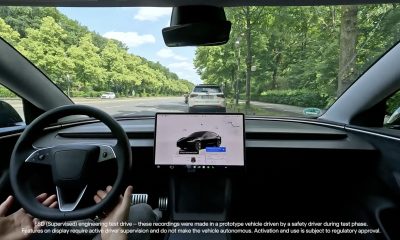
 Elon Musk2 weeks ago
Elon Musk2 weeks agoTesla FSD V14 set for early wide release next week: Elon Musk
-
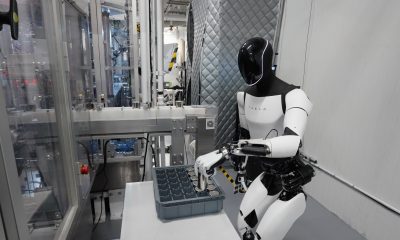
 News2 weeks ago
News2 weeks agoElon Musk gives update on Tesla Optimus progress
-
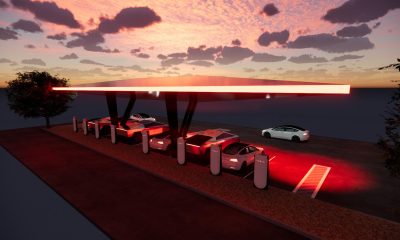
 News2 weeks ago
News2 weeks agoTesla has a new first with its Supercharger network
-
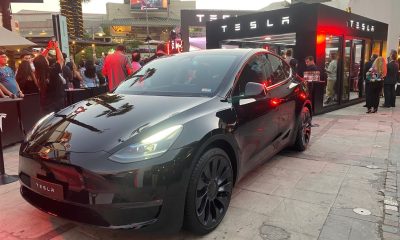
 News2 weeks ago
News2 weeks agoTesla job postings seem to show next surprise market entry
-
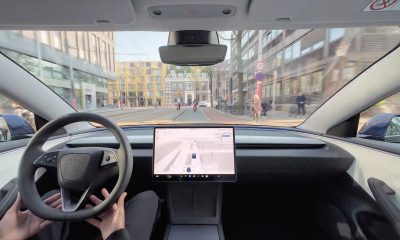
 Investor's Corner2 weeks ago
Investor's Corner2 weeks agoTesla gets new Street-high price target with high hopes for autonomy domination
-
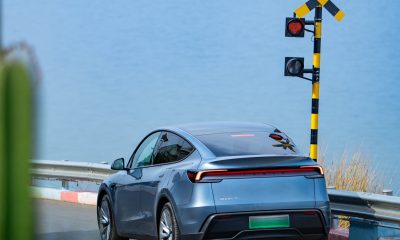
 Lifestyle2 weeks ago
Lifestyle2 weeks ago500-mile test proves why Tesla Model Y still humiliates rivals in Europe
-
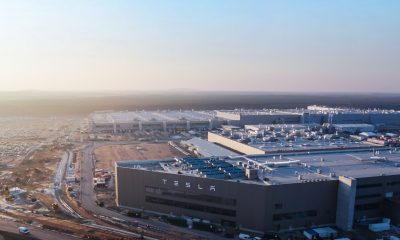
 News1 week ago
News1 week agoTesla Giga Berlin’s water consumption has achieved the unthinkable
-
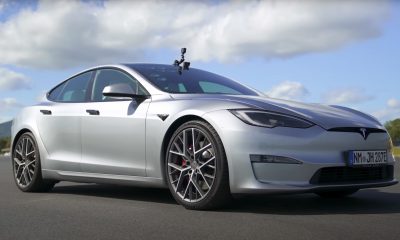
 Lifestyle1 week ago
Lifestyle1 week agoTesla Model S Plaid battles China’s 1500 hp monster Nurburgring monster, with surprising results

